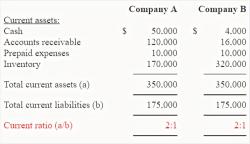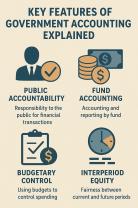What is the current value of savings bonds?
The current value of savings bonds can vary depending on several factors, including the type of savings bond, its original face value, the purchase date, and the current interest rates. There are two main types of savings bonds in the United States: Series EE Bonds and Series I Bonds. Here's how to assess the current value of each type:
1. Series EE Savings Bonds:
- Series EE Bonds are typically purchased at a discount to their face value. The face value is the amount the bond will be worth at maturity.
- The value of Series EE Bonds increases over time as they earn interest. They earn a fixed interest rate for up to 30 years.
- To find the current value of a Series EE Bond, you can use the U.S. Department of the Treasury's online savings bond calculator, which is available on their website. You'll need to enter information such as the bond's issue date and serial number.
- Series EE Bonds can be cashed in after 12 months, but they will continue to earn interest for up to 30 years.
2. Series I Savings Bonds:
- Series I Bonds earn interest based on a combination of a fixed rate (set at the time of purchase) and an inflation rate that changes every six months.
- The value of Series I Bonds also increases over time as they earn interest.
- To find the current value of a Series I Bond, you can use the U.S. Department of the Treasury's online savings bond calculator, similar to the one used for Series EE Bonds.
- Series I Bonds can be cashed in after 12 months, but if cashed in before five years, the last three months of interest are forfeited.
Keep in mind that savings bonds have a minimum holding period before you can cash them in, and cashing them in before maturity may result in a penalty, such as forfeiting some interest. Additionally, interest income from savings bonds is subject to federal income tax, although it may be tax-free for educational expenses in certain situations.
The current value of your savings bond will also depend on whether it has reached its face value or if it is still accruing interest. Checking the value periodically using the Treasury's online calculator can help you determine when it's an optimal time to cash in your bond, depending on your financial goals and needs.
Determining the Current Value of Savings Bonds
There are two ways to determine the current value of your savings bonds:
- Online: You can use the TreasuryDirect Savings Bond Calculator to determine the current value of your savings bonds. To use the calculator, you will need to enter the following information:
- The series of your savings bond (EE, I, or HH)
- The denomination of your savings bond ($50, $100, $500, or $10,000)
- The issue date of your savings bond
- By phone: You can call the Bureau of the Fiscal Service at 1-847-838-3000 to determine the current value of your savings bonds.
Evaluating the Worth of Your Savings Bonds
Once you know the current value of your savings bonds, you can evaluate their worth by considering the following factors:
- Interest rate: Savings bonds earn interest at a fixed or variable rate. The interest rate on your savings bonds will determine how much they grow in value over time.
- Issue date: Savings bonds have a maturity date, but they can be redeemed at any time after their issue date. The earlier you redeem your savings bonds, the less interest you will earn.
- Taxes: Savings bonds are exempt from state and local income tax, but they are subject to federal income tax.
Keeping Track of the Value of Your Savings Bond Portfolio
If you have a large portfolio of savings bonds, it can be helpful to use a savings bond calculator or spreadsheet to keep track of their value. This will help you to track your progress towards your savings goals and to make informed decisions about when to redeem your savings bonds.
Conclusion
Determining the current value of your savings bonds is a simple process that can be done online or by phone. Evaluating the worth of your savings bonds and keeping track of their value will help you to make the most of your investment.












